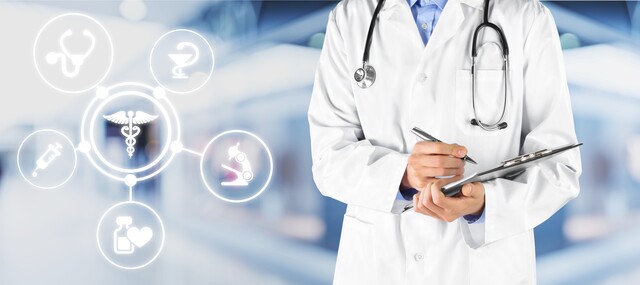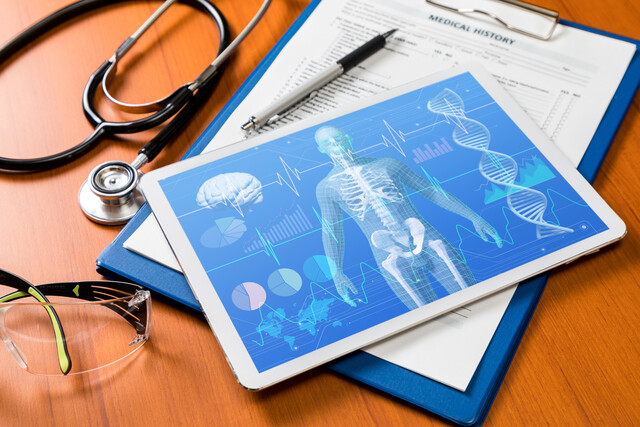Online Class: Anatomy and Physiology 101
Dive into an extensive anatomy and physiology program designed to impart crucial knowledge on human body systems necessary for science and healthcare pursuits, with content delivered in a practical format. Covering everything from the integumentary to the urinary system, the course is tailored for ease of understanding complex physiological concepts.
COURSE CLOSED
We're sorry, this course is no longer open for enrollment.
We're sorry, this course is no longer open for enrollment.
-
19Lessons
-
40Exams &
Assignments -
21Hours
average time -
2.1CEUs
Course Description
This self-paced, online anatomy and physiology course covers all the bodily systems playing a major role in human anatomy. The material is presented in a practical and comprehensive manner. The focus of the course is on the need-to-know facts that must be understood in order to pursue any healthcare career or related education in the field of science. These easy to follow lessons are ideal for anyone requiring a solid understanding of how the human body works.
Lessons include the following topics:
The Skeletal System
The Integumentary System
The Muscular System
The Nervous System
The Sensory System
The Endocrine System
The Cardiovascular System
The Lymphatic System
The Respiratory System
The Digestive System
The Urinary System
The Reproductive System
- Completely Online
- Self-Paced
- Printable Lessons
- Full HD Video

- 6 Months to Complete
- 24/7 Availability
- Start Anytime
- PC & Mac Compatible
- Android & iOS Friendly
- Accredited CEUs
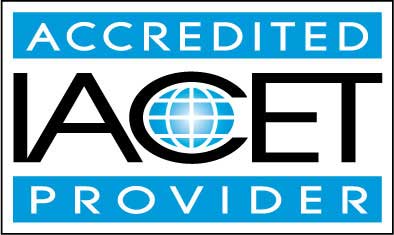
Course Lessons
Lesson 1. Unveiling the Biological Blueprint of Life
Organ systems consist of interrelated organs working collaboratively to perform vital functions, such as nutrient absorption and circulation. Shared by all mammals, these systems include respiratory, digestive, and nervous systems that uphold life processes.Lesson 2. Chemistry: The Core of All Matter
Through the Bohr model, one can visualize atoms as structured with a nucleus surrounded by orbiting electrons, which interact to form ions when unbalanced. Understanding atomic structure and electron behavior is crucial for comprehending chemical bonding and compound formation, either through covalent sharing or ionic transfer of electrons.Lesson 3. Cells: The Building Blocks of Life
Cellula, coined by Hooke upon observing cork cells, symbolizes the structured and compartmentalized world within cells, complete with organelles like ribosomes and lysosomes that manage cellular operations. Insights into mitosis and meiosis highlight the cellular strategies for reproduction and genetic continuity.Lesson 3. Cells: The Building Blocks of Life
Cellula, coined by Hooke upon observing cork cells, symbolizes the structured and compartmentalized world within cells, complete with organelles like ribosomes and lysosomes that manage cellular operations. Insights into mitosis and meiosis highlight the cellular strategies for reproduction and genetic continuity.Lesson 4. Structure and Function of Connective Tissues
The human body contains over 200 types of cells that group together to form tissues, which combine to create organs, each with unique functions. There are four main types of tissues: connective, nervous, epithelial, and muscle, each playing vital roles like support, movement, and protection.Lesson 5. Beyond the Surface: Exploring the Layers and Functions of the Skin
Incorporating hair, nails, and various glands, the integumentary system uses intricate layers like the epidermis and dermis for protection against pathogens and environmental factors. Advanced sensory mechanisms and selective permeability allow it to relay external stimuli and absorb beneficial substances.Lesson 6. Inner Workings of Our Skeleton: A Look Beneath the Surface
Comprised of a variety of bone types, the skeletal system functions as both a protective shield and a mobile framework. Key components include the axial skeleton for organ protection and the appendicular skeleton for movement facilitation.Lesson 6. Inner Workings of Our Skeleton: A Look Beneath the Surface
Comprised of a variety of bone types, the skeletal system functions as both a protective shield and a mobile framework. Key components include the axial skeleton for organ protection and the appendicular skeleton for movement facilitation.Lesson 7. Muscles Powering Movement
Comprising skeletal, smooth, and cardiac muscles, the muscular system facilitates motion and supports bodily functions like breathing and digestion through complex interactions of fibers and proteins. Each muscle type, controlled by nerve signals, contributes uniquely to movement and vital processes.Lesson 8. Nervous System Overview
The nervous system, a complex communication network, coordinates body activities, allowing us to perceive and react to stimuli. Comprising the central and peripheral systems, it ensures cellular interaction in multicellular organisms like humans.Lesson 9. The Role of Sensation and Perception in Experiencing the World
Touch encompasses four main sensations: cold, heat, pressure, and pain, largely felt through receptors located in the skin’s dermis. Various mechanoreceptors specialize in different tactile functions, making parts like hands and lips particularly sensitive to stimuli.Lesson 10. Behind the Scenes: Glands and Hormones in Action
Hormones, vital chemicals secreted by glands such as the ductless endocrine types, coordinate metabolic processes by latching onto specific cell receptors. Through intertwined feedback systems, notably involving the pituitary gland, the body maintains homeostasis despite external stressors and internal fluctuations.Lesson 11. The Heart: Nature's Incredible Pump
Blood vessels, spanning around 60,000 miles if laid end-to-end, distribute oxygenated and deoxygenated blood via arteries, veins, and capillaries. These vessels exhibit distinct structural features to ensure efficient blood flow, supporting systemic and pulmonary circulation critical to cellular function.Lesson 12. The Intricate Network: Understanding the Lymphatic System
Collecting interstitial fluid and transporting it back to the bloodstream, the lymphatic system prevents tissue swelling and helps maintain normal blood pressure. It also serves an important immune function, filtering out microorganisms through lymph nodes and producing lymphocytes that are crucial for fighting infections.Lesson 13. Airways and Alveoli: Anatomy of Breathing
The respiratory system is crucial for oxygenating blood via inhalation and expelling carbon dioxide through exhalation, with its structures facilitating gas exchange and air filtration. Its complex architecture, including the lungs, diaphragm, and airway pathways like the bronchi and alveoli, support both involuntary and voluntary breathing actions.Lesson 14. Nutrient Absorption and Waste Excretion: The Digestive System's Dual Role
The human digestive system is a complex network of organs that breaks food down into nutrients for absorption into the bloodstream, with the digestive tract acting as a conduit for this process, spanning from the mouth to the anus. Accessory organs like the liver and pancreas play crucial roles in producing digestive enzymes and chemicals that facilitate the digestion of different food types, ultimately leading to nutrient absorption and waste excretion.Lesson 15. The Art of Filtration: How Your Urinary System Works
Integral to waste management, the urinary system processes excess proteins into urea, filters it through kidneys, and expels it as urine. This system not only purifies blood but also maintains homeostasis through hormonal regulation of fluid and electrolyte levels.Lesson 17: The Ultimate Test: Navigating the Final Exam
Lesson 16. The Evolution of Reproductive Knowledge: From Ancient Theories to Modern Genetics
From initial misconceptions posited by figures like Aristotle to groundbreaking insights from Mendel and the discovery of DNA, our understanding of heredity has evolved significantly. Today, we comprehend the reproductive mechanisms at the cellular level, showcasing the unique roles of male and female systems in human continuation.
Learning Outcomes
By successfully completing this course, students will be able to:
- Identify and differentiate between the various levels of anatomical organization and explain their significance in the human body.
- Recognize and describe the major characteristics that define living organisms, including absorption, assimilation, and homeostasis.
- Define and describe the basic structure of an atom, including the roles of protons, electrons, and neutrons.
- Identify and explain the difference between covalent and ionic bonds, and provide examples of compounds formed by each type of bond.
- Contrast the processes of mitosis and meiosis, highlighting their stages and the outcomes in terms of chromosome number and cell types produced.
- Define the roles and functions of various organelles within eukaryotic cells, including the nucleus, mitochondria, and ribosomes.
- Describe the role of organelles in cell metabolism and transportation by explaining their functions within the cell.
- Recognize the differences between prokaryotic and eukaryotic cells based on their structures and functions.
- Explain how the structure of connective tissue relates to its function in different parts of the body.
- Identify the four main tissue types in the human body and describe their primary functions.
- Define the functions of the integumentary system, including protection, temperature regulation, and sensory perception, through illustrations and case analysis.
- Identify the structure and function of the epidermis, dermis, and subcutaneous layers by labeling diagrams and completing specific matching activities.
- Define the roles and functions of different bones in the skeletal system, including categories such as long, short, flat, and irregular bones.
- Demonstrate mastery of lesson content at levels of 70% or higher.
Student Testimonials
- "I enjoyed this course. I will be returning to college before the end of the year. This course has helped me refreshed my knowledge on A&P 1 and 2. I have to retake Anatomy and Physiology 2, so I am more confident now that I will pass A&P 2!" -- Kiana B.
- "I found this course very helpful. I am a nutritional coach and this course has really helped me learn about the human body in depth. It has also inspired me to want to learn much more!" -- Shelina P.
- "The instructor was helpful and always there if you needed help." -- Wanda W.
- "I really enjoyed the course and being able to do it on my time." -- Tina W.
- "Great and useful course. Thanks!" -- Kolleen D.
- "I really liked the instructor and the class." -- Laura F.
- "The instructor was great. All of the Lessons were helpful!" -- Darlene D.
- "I enjoyed learning more about the human body. This course definitely helped in that endeavor." -- Garry B.
- "The videos were most helpful. Its nice to have the audio option as well as visual." -- Theresa S.
- "Being a self paced course was extremely helpful" -- Lenora S.
Related Courses
-
 74 hours
7.4 CEUs
Medical Billing and Coding Course Bundle
+ More Info
74 hours
7.4 CEUs
Medical Billing and Coding Course Bundle
+ More Info
-
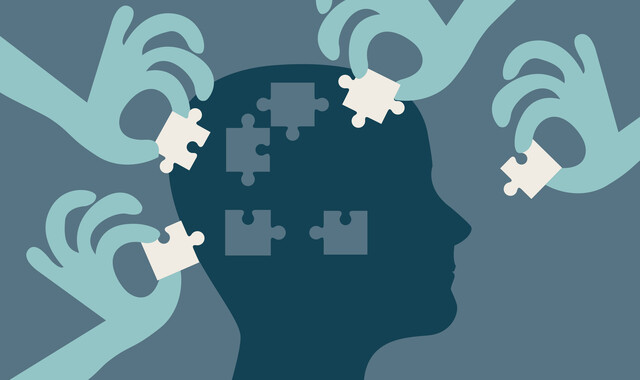 7 hours
0.7 CEUs
Memory Improvement
+ More Info
7 hours
0.7 CEUs
Memory Improvement
+ More Info
-
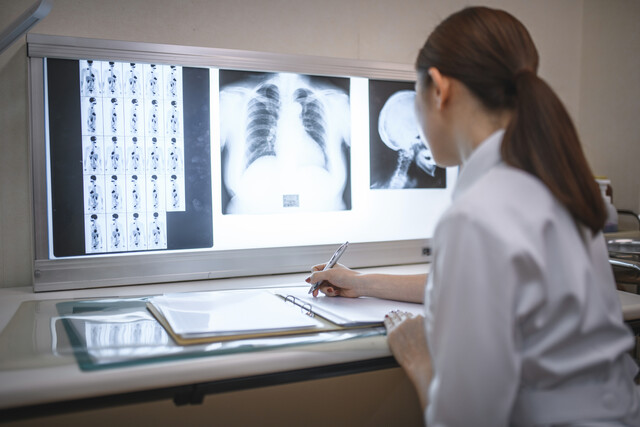 33 hours
3.3 CEUs
Comprehensive Medical Terminology 1 & 2
+ More Info
33 hours
3.3 CEUs
Comprehensive Medical Terminology 1 & 2
+ More Info
-
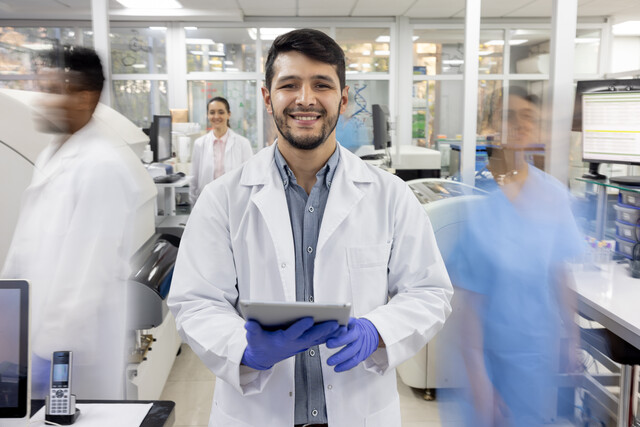 22 hours
2.2 CEUs
Medical Abbreviations
+ More Info
22 hours
2.2 CEUs
Medical Abbreviations
+ More Info
-
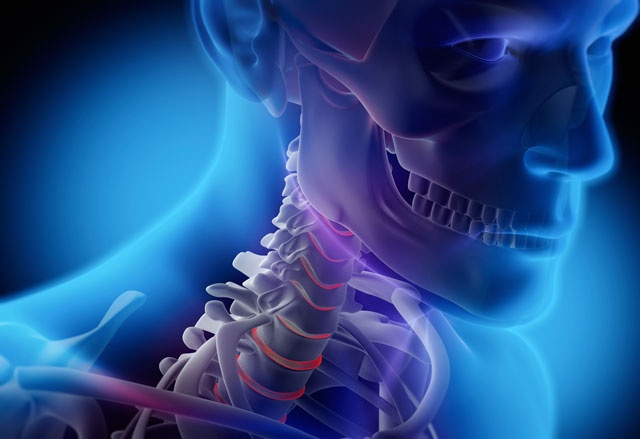 22 hours
2.2 CEUs
Anatomy and Physiology 101
+ More Info
22 hours
2.2 CEUs
Anatomy and Physiology 101
+ More Info
-
 4 hours
0.4 CEUs
Asthma 101
+ More Info
4 hours
0.4 CEUs
Asthma 101
+ More Info


